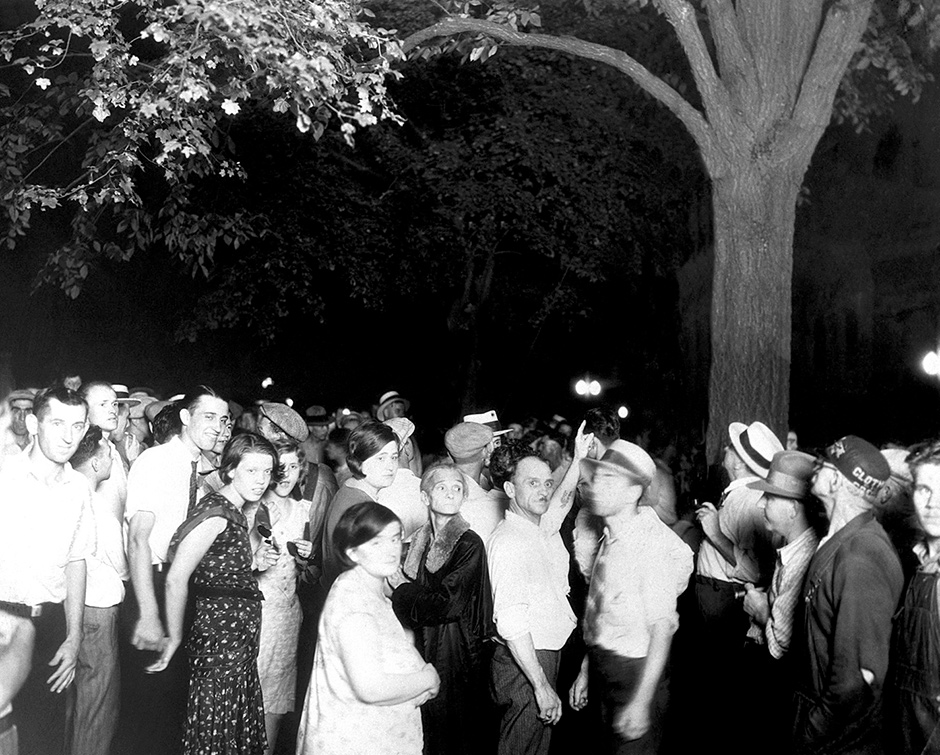After a brief delay due to technical difficulties, the festival was quickly underway. A total of sixteen student films were shown at this festival and the run-time was approximately three hours. There was a brief intermission, but transitions between films were otherwise kept short. M-agination board members only gave one little talk–the rest of the event was entirely films. Almost every film was fantastic and they covered a wide variety of genres, so despite the lengthy runtime, the event was quite enjoyable.
Unfortunately, it would be impossible to give an individual review for each film shown, so I will stick to the highlights, and discuss some films that stood out to among an outstanding collection of films:

Cheater: This was the perfect movie to start off the festival. The plot of Cheater is that, well, a student is attempting to cheat on his exam, but the execution of this relatively simple idea is masterful. Things begin with an edge-of-your-seat-intensity that wouldn’t be out of place in a horror movie or spy thriller, and from there, the “action” builds and builds in both intensity and ridiculousness, until by the end of the film we’ve witnessed a mental breakdown, a phone chucked across the room, and a even a guy getting stabbed in the eye. Satire is a difficult art to master, but this movie hit all the right notes and the entire audience was laughing nonstop.
Jam: Taking us in another direction of ridiculousness, there was Jam, a movie which involved a man killing people so he could make jam from their blood. The film was entirely in black and white with the exception of the jam which provided a somber splash of color. It was well-shot and the narration was excellent. Although disturbing, it was too strange–cannibalistic jam eventually became a global obsession–to be threatening. The film filled it’s role as “that one super weird film” quite well.

Millenia: Many of the films at the festival were comedies or, at least, comedic. Dramas are a far more difficult feat, but Millenia pulled it off. The film revolved around two college students feeling isolated from their community and peers, who go around narrating their hopelessness until finally meeting at a party. Despite some moments of cheesiness (“welcome to the mind of me”), the film overall does a wonderful job of realistically depicting depression in college students. Furthermore, it was easily the most gorgeous film shown at the festival–it gives viewers a new appreciation for familiar Ann Arbor.
Anna Garcia Does a One Woman Play: This one was my personal favorite. For a film that has essentially one character (Anna Garcia), it does an amazing job at keeping viewers engaged. The premise of the film is that Anna Garcia arranges to do a one woman play, and to have a documentary about herself doing the play, and there’s just one little problem: she doesn’t have a script or any idea what her play will be about. Viewers watch as Anna desperately scrambles around Ann Arbor, trying to get other people to write her play. It’s funny, it’s meta, and it’s even got a bit of heart.

The Little Grebe: As the only animated film at the festival, this film immediately stood out. Though the animation was no Pixar, its painted style and simple movements made it beautiful. However, the real draw of the film was the narration. On screen we saw a little bird floating through the debris of a drowned city as we listened to the narrator telling its story as one that her mother once shared with her. The story of the bird was simple, but the emotional intensity of the actress playing the narrator elevated the piece beyond the confines of the story. It isn’t the story of the bird that makes this film great so much as it is this story of a girl who was told said story.
Low Expectations: Unlike the other things shown at this festival, this piece wasn’t a film but a pilot episode to a sitcom. The sitcom follows three college roommates as they navigate love and other hardships on a college campus. It was hilarious and real, but also hyper-aware of itself.
Overall, the festival (despite it’s length) was a great showcase of some amazing work. I plan on attending next year’s festival and I recommend it to everyone.














